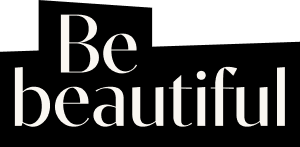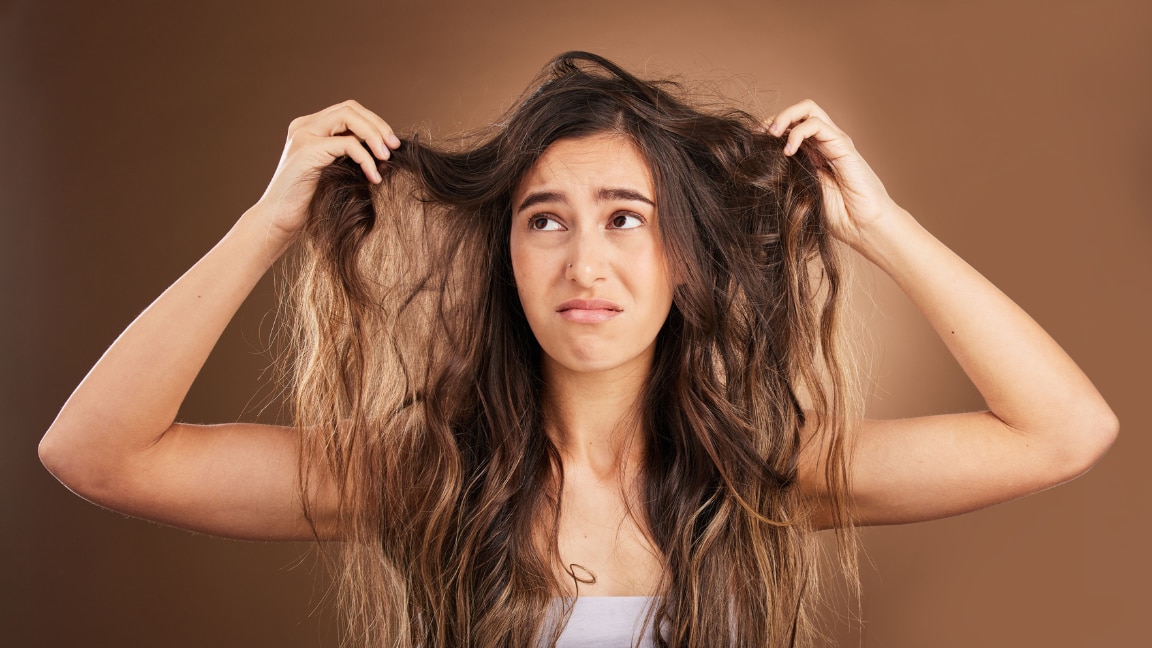- 01 What is Frizzy Hair?
- 02 Causes of Frizzy Hair
- 03 How to Control Frizzy Hair: Everyday Care
- 04 Hair Treatments for Frizzy Hair
- 05 Home Remedies for Frizzy Hair
- 06 Best Styling and Haircuts for Frizzy Hair
- 07 Protective Hairstyles to Minimise Frizz
- 08 Best Haircare Products for Frizzy Hair
- 09 Long-Term Anti-Frizz Hair Routine
- 10 FAQs on How to Get Rid of Frizzy Hair
Frizzy hair is a common haircare issue that seems to follow us everywhere we go and whatever we do. It's often a result of lack of moisture and results in us looking unruly and not presentable at all. Luckily for us, there are some expert-approved remedies and treatments to effectively control frizzy hair. To help you tame your unruly locks, we've curated a guide on how to get rid of frizzy hair. Bookmark this guide to achieve smooth, silky tresses!
01What is Frizzy Hair?

Frizzy hair features dry, unruly strands that stand up or curl in opposite directions, resulting in an unkempt appearance. It's often a sign of a lack of moisture in the hair cuticle, causing a raised outer layer that enables humidity from the air to enter and swell the hair shaft.
02Causes of Frizzy Hair
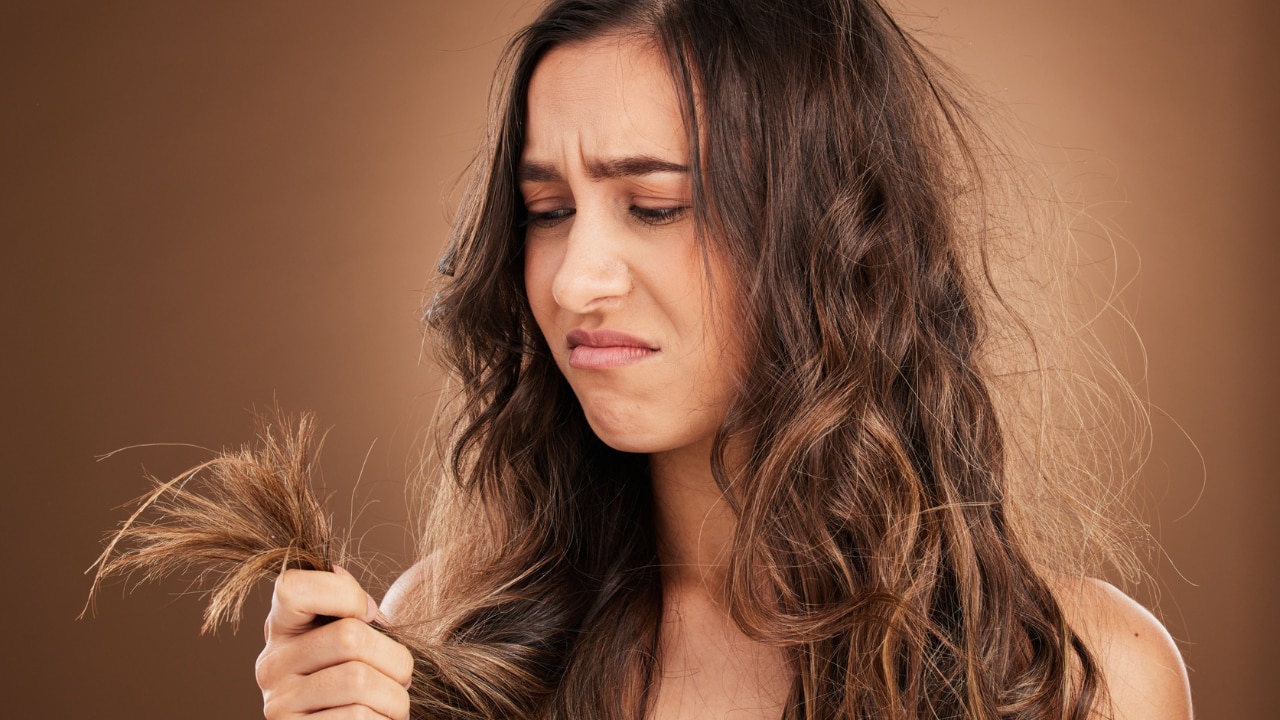
What causes frizzy hair? It's important to understand the causes of frizzy hair before learning the best treatments. Here are the top causes of frizzy hair:
- Less Moisture: Dry hair sucks moisture from the air, resulting in the hair shaft to swell and become frizzy. "Frizzy hair is a common problem for both men and women, often making hair look dry, rough, and hard to manage. The main cause of frizzy hair is lack of moisture. Moisture is a natural requirement for hair to remain silky and glossy," remarks Ritika Jayaswal, hair expert and founder of Nourish Mantra.
- Hair Damage: Overuse of chemical treatments, heat styling, and aggressive brushing could damage your hair cuticle, making it look frizzy and unruly.
- High Humidity: Humid air consists of a large amount of moisture, which is easily absorbed by dry hair, resulting in immediate frizz.
- Overwashing: Washing your hair too often, gets rid of sebum needed to keep the hair cuticle sealed. This dryness makes your hair more prone to frizz.
- Harsh Products: Utilising hair products such as shampoos and conditioners with sulphates leave the hair porous, dry and frizzy.
- Heat Styling: Frequent use of heat styling tools like flat irons, curling wands or high-heat blow dryers without using a heat protect could damage the hair cuticle.
- Chemical Treatments: Hair colouring, bleaching or hair straightening chemicals change the hair structure resulting in hair damage and frizziness.
03How to Control Frizzy Hair: Everyday Care
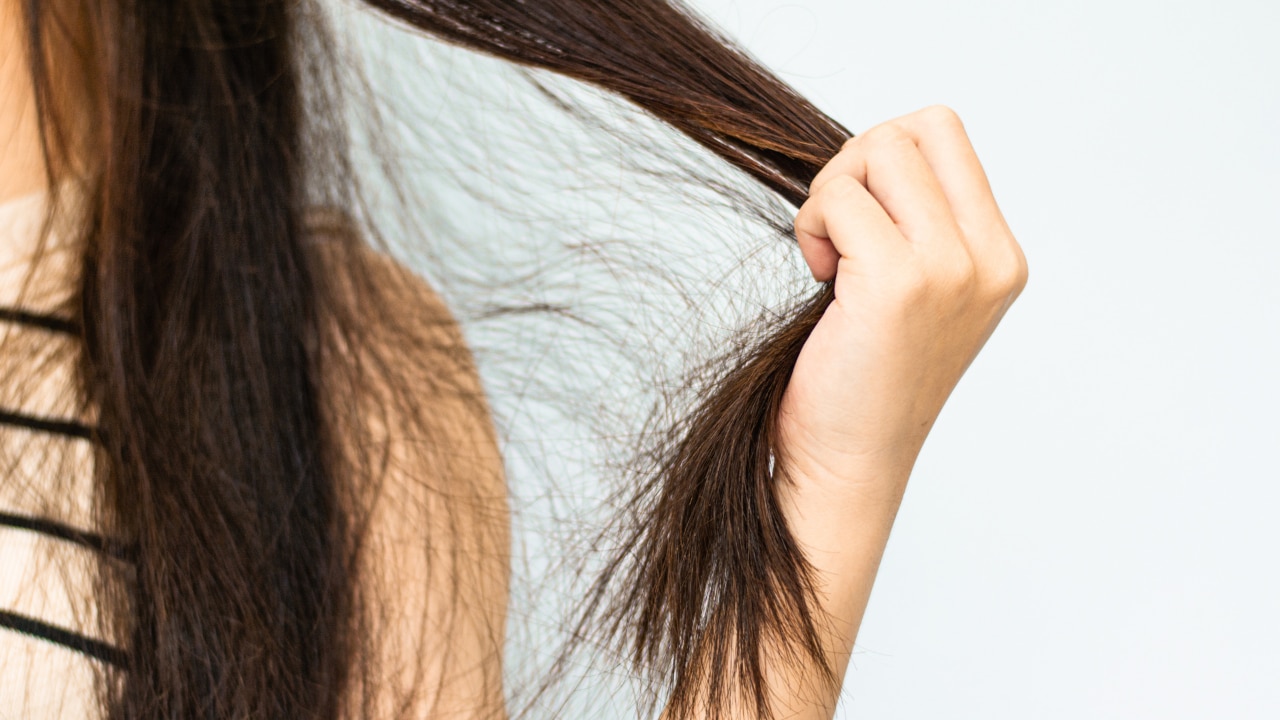
There are some simple things you can do everyday to prevent your hair from becoming frizzy, they include:
- Hydrate your hair: In your daily haircare routine, always include a hydrating shampoo and follow it with a hydrating conditioner, concentrating on the ends.
- Cold water rinse: After using a conditioner, wash your hair with cool water to seal the hair cuticle.
- Gentle drying: Instead of aggressively rubbing, slowly blot your hair with a microfibre towel or cotton t-shirt to get rid of excess moisture.
- Apply a leave-in product: Use a leave-in conditioner or hair serum to damp hair to provide extra moisture and protection.
- Detangle cautiously: Always utlise a wide-tooth comb to detangle, starting from the ends and working your way up to the roots.This is an important step that most individuals do incorrectly.
Additionally, avoid the following:
- Comb, Don't Brush, Wet Hair: This is a mistake that many of us make. Always remember to utilize a wide-tooth comb to detangle wet hair, starting from the ends and slowly working your way up.
- Avoid Over-Washing and Use Cooler Water Temperature: Washing your hair too often strips it of its natural oils resulting in dryness. Aim to wash your hair every 2-3 days, or as needed. Also, always use only lukewarm water to wash and a final rinse with cold water to close the hair cuticle.
04Hair Treatments for Frizzy Hair
There are are a number of expert-approved hair treatments to effectively manage frizzy hair, such as:
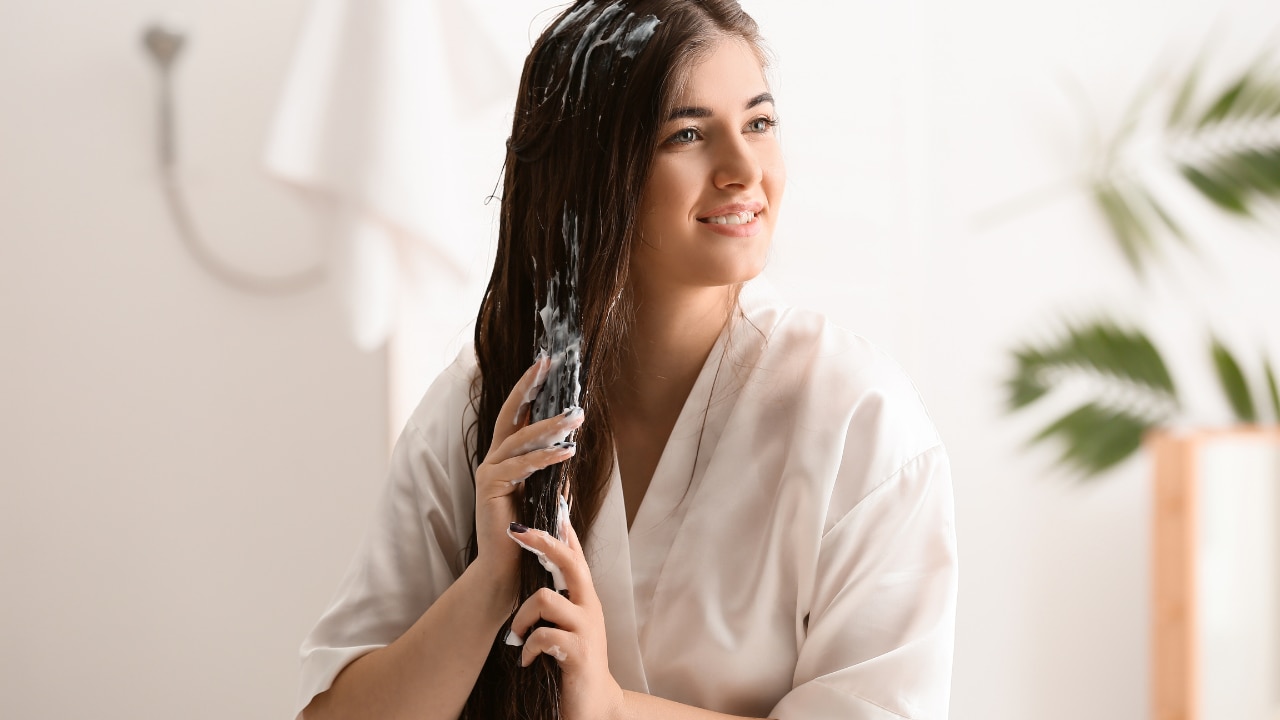
1. Advanced and Professional Solutions:
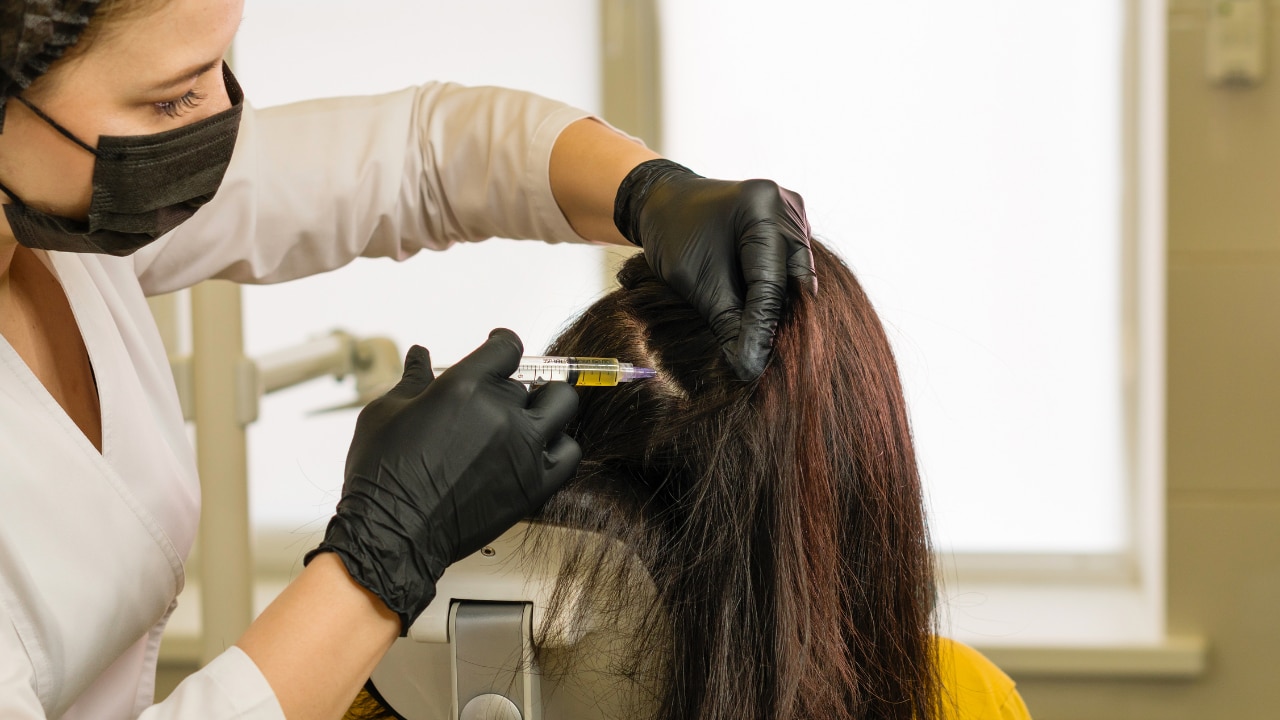
- Keratin Treatment: This is a chemical process that smooths your hair strands by closing the porous parts of the hair shaft with a protein called keratin.
- Nanoplastia Treatment: This is a more natural alternative to keratin. It utilises amino acids and collagen to straighten and nourish the hair strands.
- Hair Botox Treatment: This is a deep conditioning treatment, not a chemical one and is a great way to manage frizzy hair.
2. Hair Masks and Deep-Conditioning Treatments:
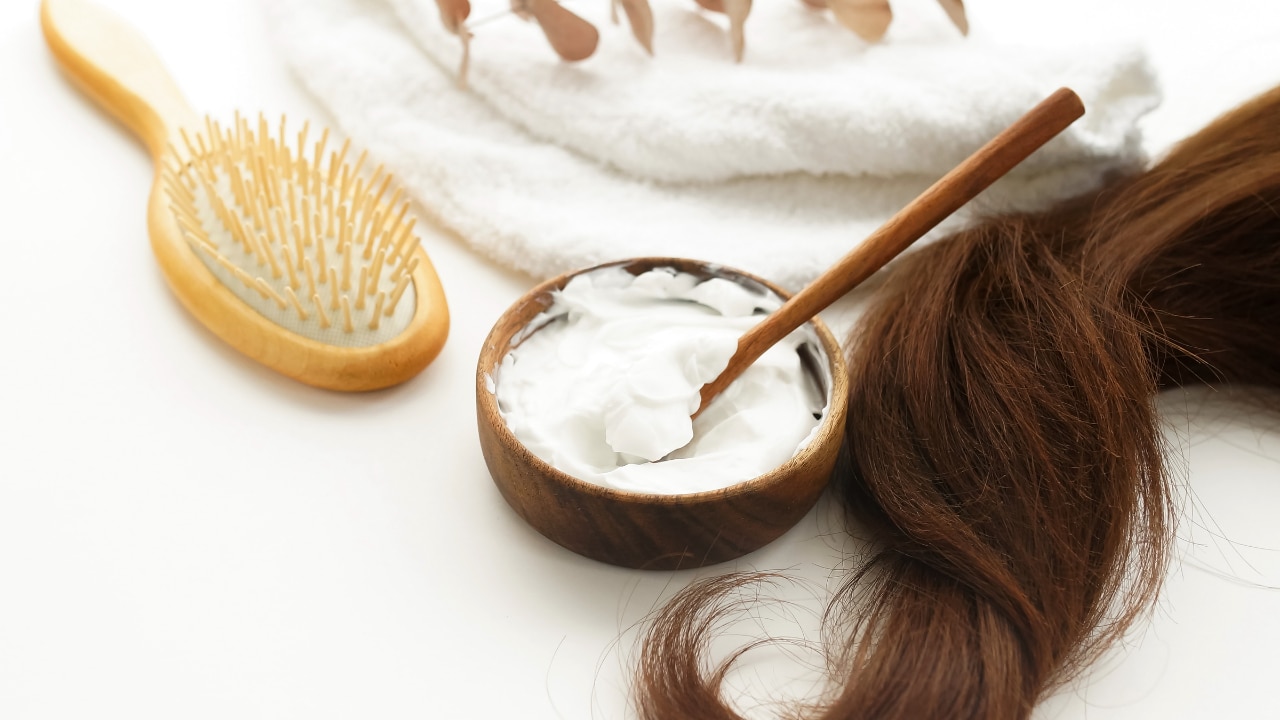
- Deep-Conditioning: Experts advise using a deep conditioner or hair mask once a week. "Frizz is essentially hair reaching out for moisture. Apply a leave-in conditioner or lightweight serum with argan oil, shea butter, or hyaluronic acid to lock in moisture and tame flyaways. Blot hair with a microfiber towel or cotton T-shirt instead of rubbing with a regular towel," mentions Dr. Gagan Raina, cosmetologist and aesthetic medicine specialist at Arisia Skin Clinic.
- Protein Masks: If your hair strands feel weak, opt for a protein mask to strengthen it. Protein masks help by repairing damage to the hair cuticle, which strengthens the strand and minimises breakage and frizziness.
05Home Remedies for Frizzy Hair
Furthermore, there are a few home remedies that also help control frizzy hair. They include:
1. Oil Massages:
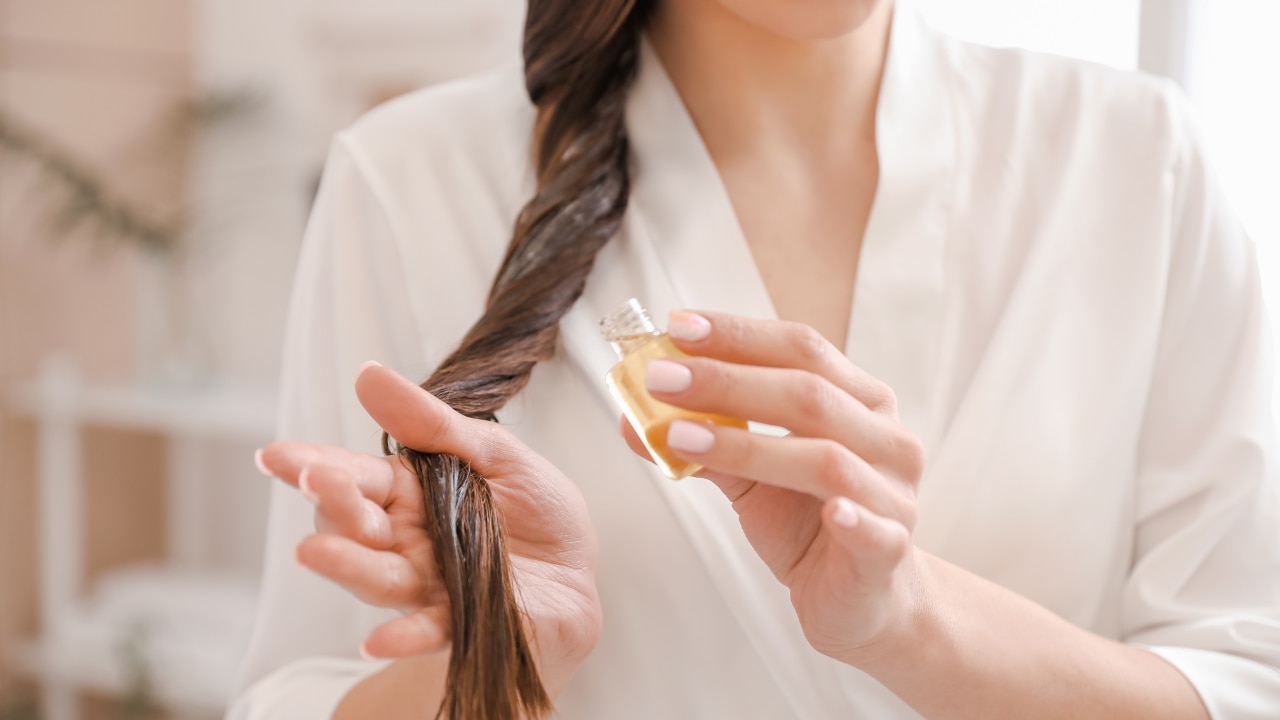
Experts advise doing oil massages at least once a week. Use coconut, argan or jojoba oil for your head massages. "Weekly oil massages are one of the best strategies to fight frizz. In addition to strengthening and softening the hair, this traditional treatment also nourishes the scalp. Frizz is immediately reduced by oils since they penetrate the hair shaft, seal in moisture, and smooth the cuticles," adds Ritika Jayaswal, hair expert and founder of Nourish Mantra.
Coconut Oil: This oil is best for penetration and repairing protein loss thanks to its tiny molecular size.
Argan Oil: This oil is packed with Vitamin E, which is perfect for conditioning and strengthening the hair strands.
Jojoba Oil: It closely resembles the hair's natural oils (sebum), making it ideal for balancing scalp and hair moisture.
2. DIY Masks:
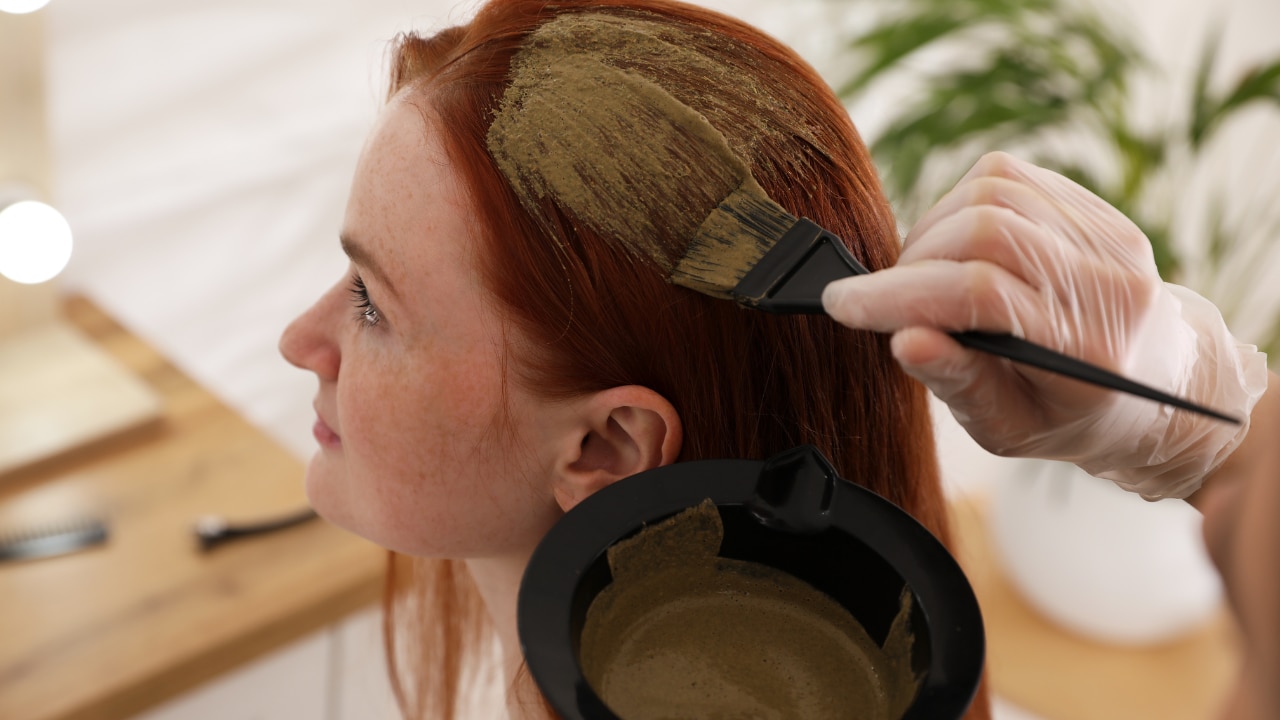
There are a few homemade hair masks for frizzy hair that help hydrate and seal the hair's outer layer. They include the following:
Avocado and Olive Oil Mask: Mix a ripe avocado with a tablespoon of olive oil and apply to your damp hair. Leave on for 20 minutes, and rinse after you're done.
Yoghurt and Honey Mask: Combine plain yoghurt with honey and apply it on damp hair for 30 minutes. This mask provides protein from the yoghurt and moisture from the honey.
06Best Styling and Haircuts for Frizzy Hair
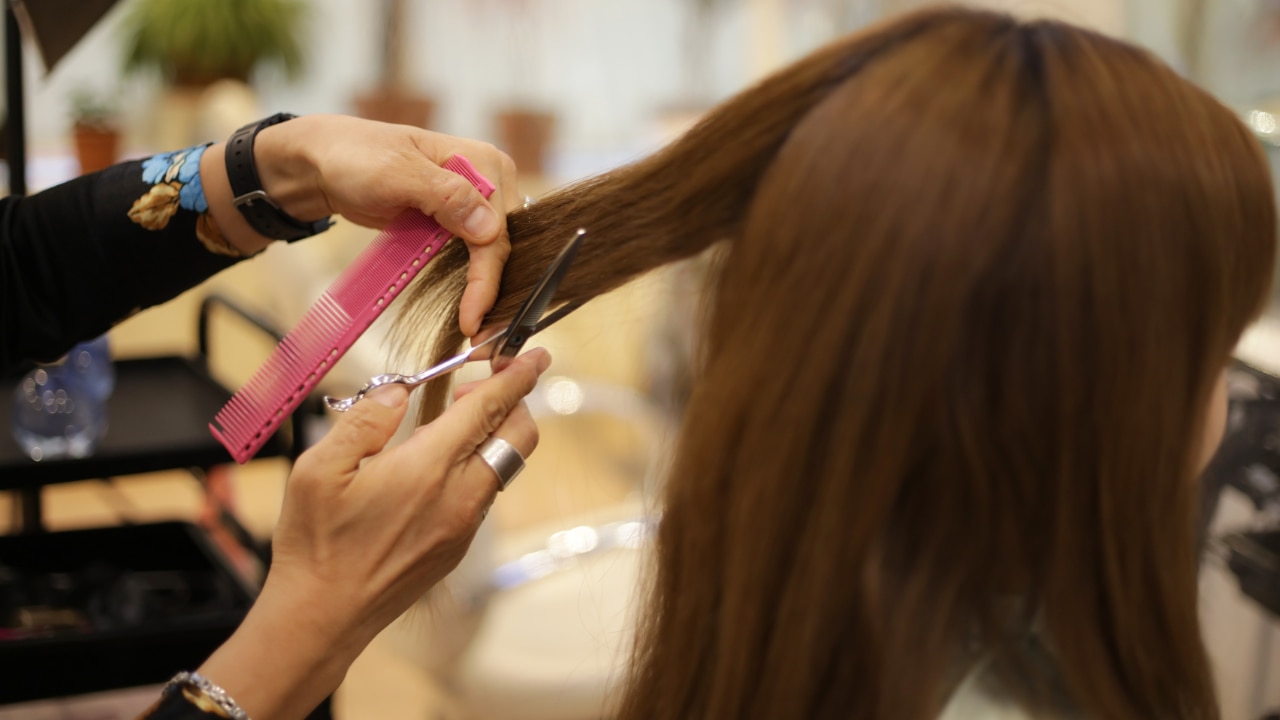
Additionally, while getting haircuts for frizzy hair, keep in mind the following tips:
- Long Layers: Long, well-defined layers will weigh down frizzy hair and help craft a more sleek and polished appearance.
- Styling with Purpose: Always utilise a diffuser attachment on your blow dryer on a low heat and reduced speed setting.
07Protective Hairstyles to Minimise Frizz
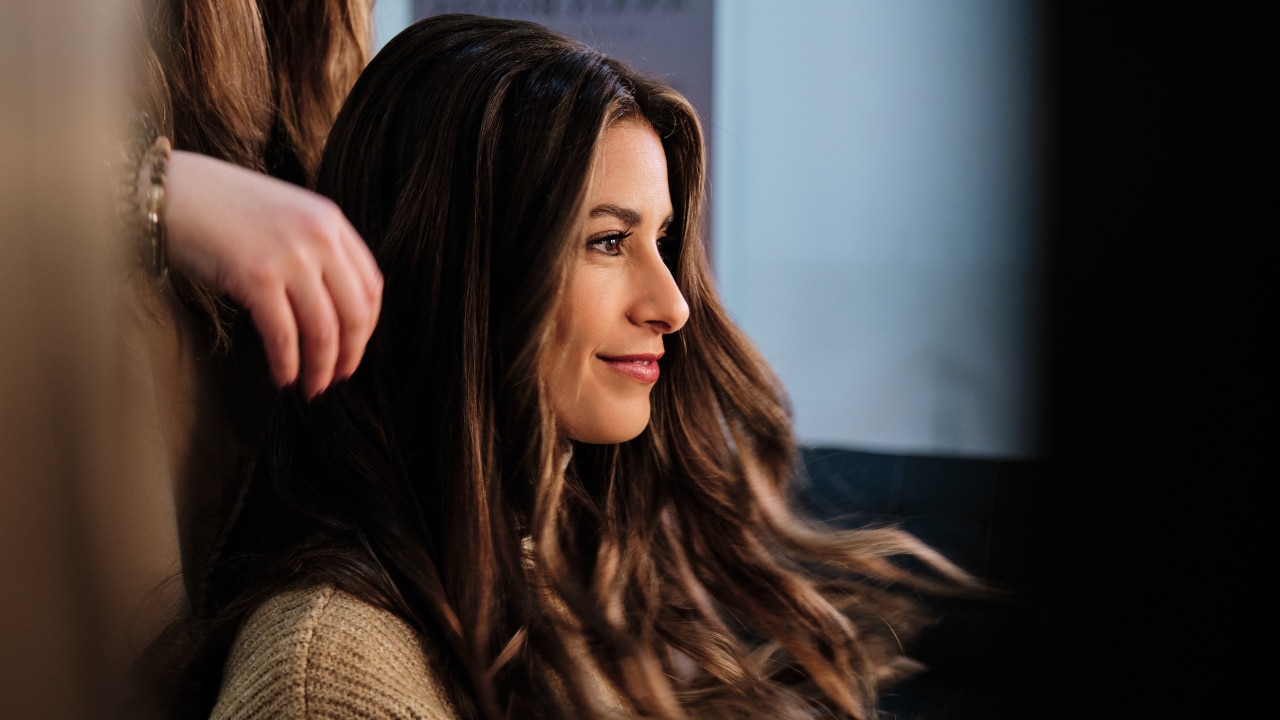
Moreover, there are some hairstyles that work better to efficiently mimimise frizz, such as:
- Relaxed Braid:
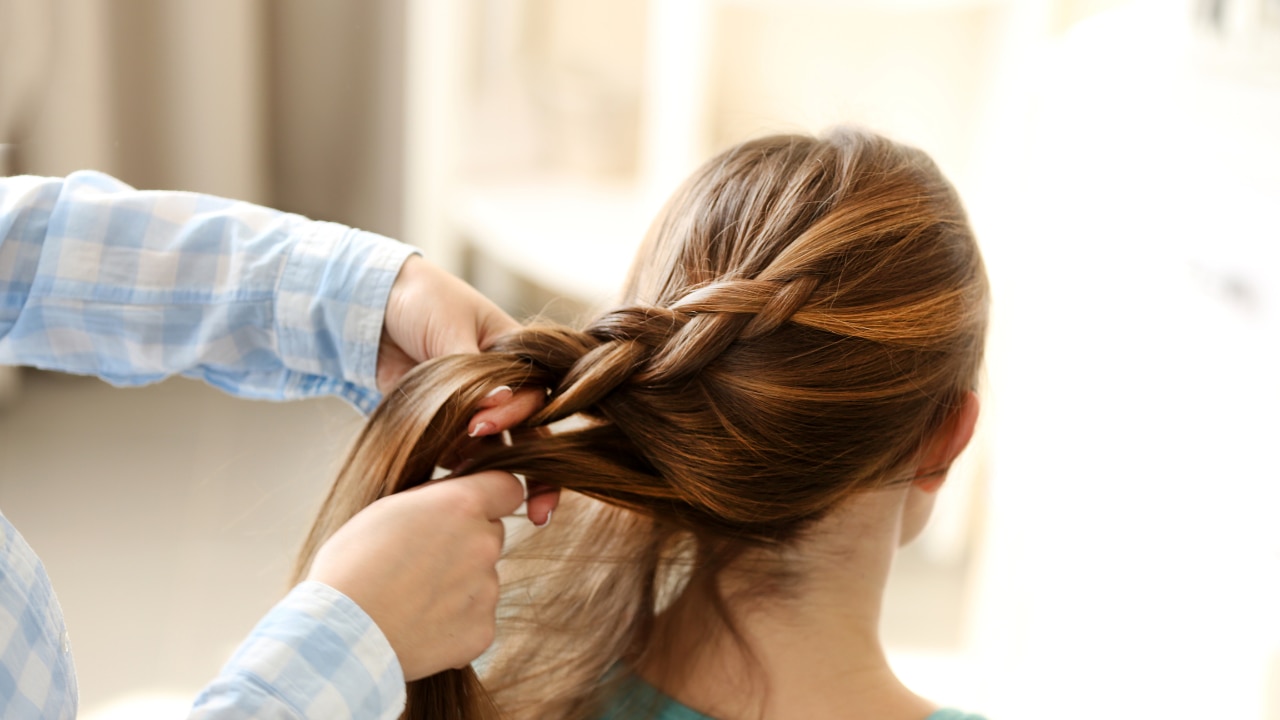
Braid your hair loosely before going to bed to avoid tangles and friction. This hairstyle helps to craft gentle, frizz-free waves the next day.
- Messy Bun:
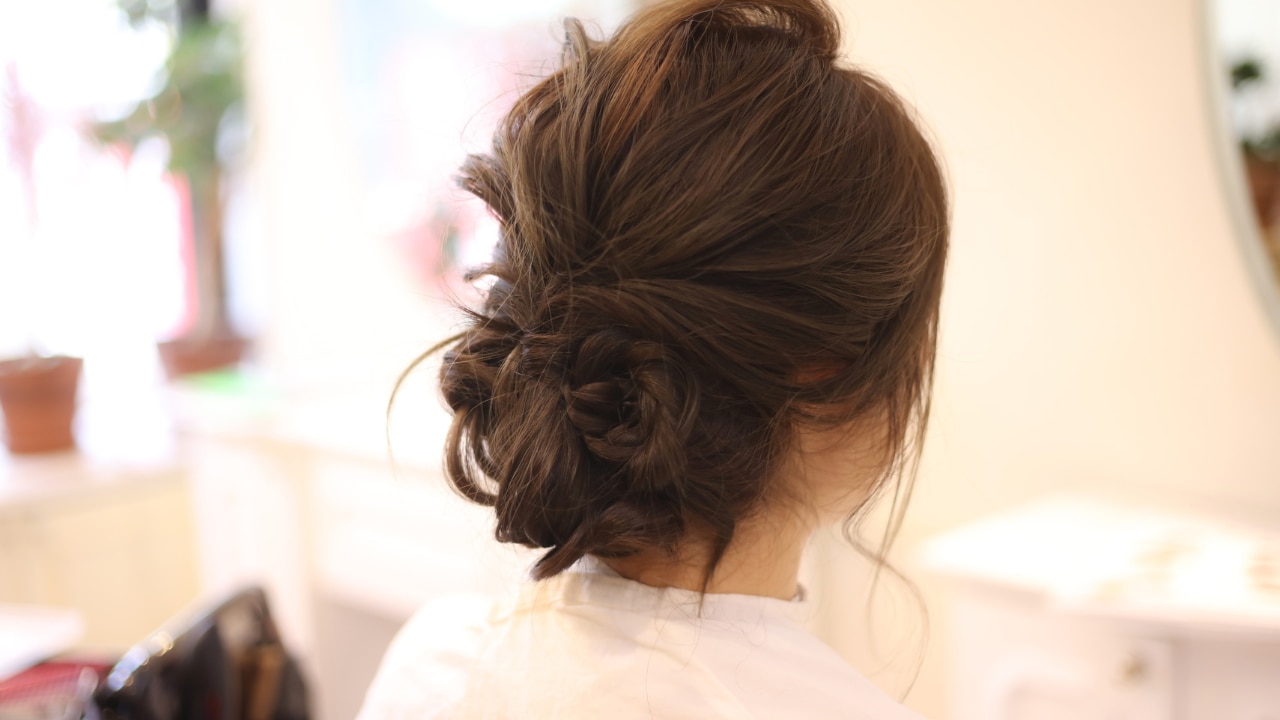
A relaxed bun will protect your ends from friction and environmental factors, keeping your hair frizz-free and easy to manage throughout the day.
08Best Haircare Products for Frizzy Hair
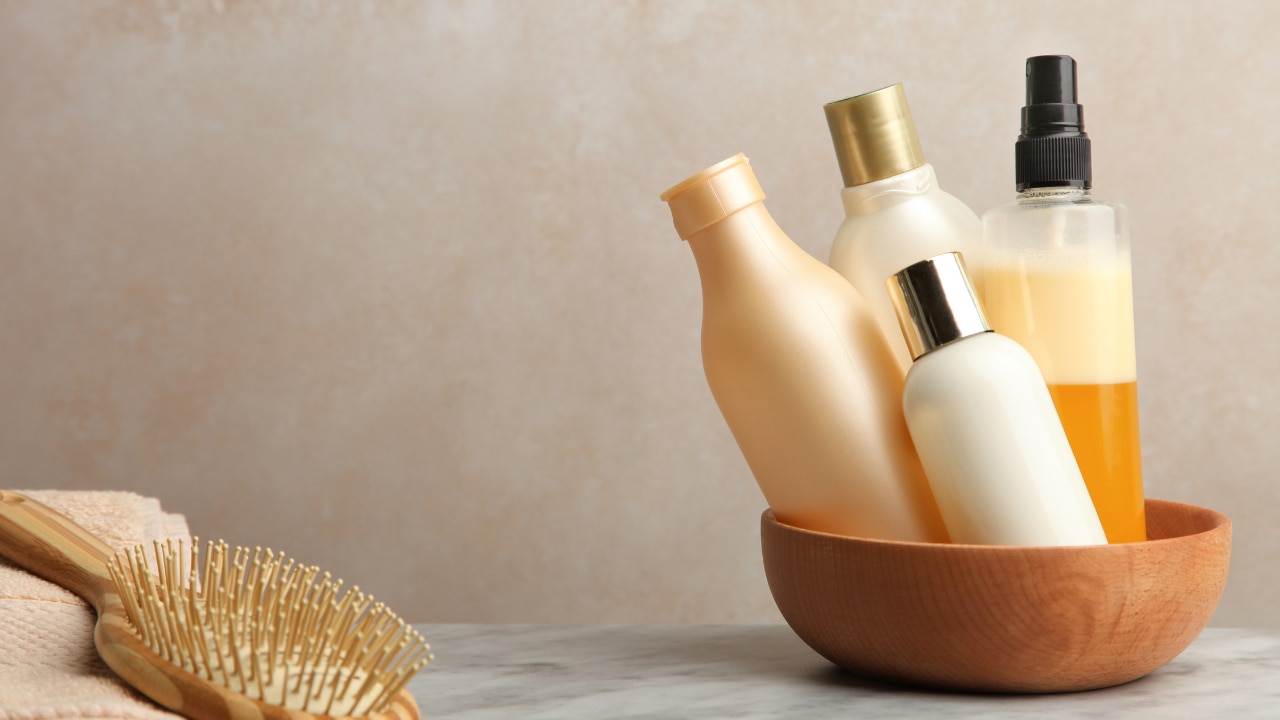
These are the best haircare products to effectively manage frizzy hair:
- Shampoo: Which is the best shampoo for dry frizzy hair? Opt for sulfate-free and paraben-free shampoos such as the LBP Natural Argan Oil & Lavender Anti-Frizz Shampoo with moisturising ingredients.
- Conditioner for Frizzy Hair: Pick a conditioner like LBP Natural Argan Oil & Lavender Anti-Frizz Conditioner, which close the hair shaft and lock in moisture.
- Serum: Use a good anti-frizz serum for frizzy hair with silicones or oils that functions as a barrier against humidity.
- Hair Mask for Frizzy Hair: Apply a deep conditioning hair mask for frizzy hair such as the Dove 10 in 1 Deep Repair Treatment Hair Mask once a week to offer intense hydration to your locks.
09Long-Term Anti-Frizz Hair Routine
You should also incorporate the following long-term, anti frizz hair tips in your daily routine:
- Hydration and Diet: Drink lots of water and consume a balanced diet packed with vitamins and Omega-3 fatty acids for beautiful, healthy locks.
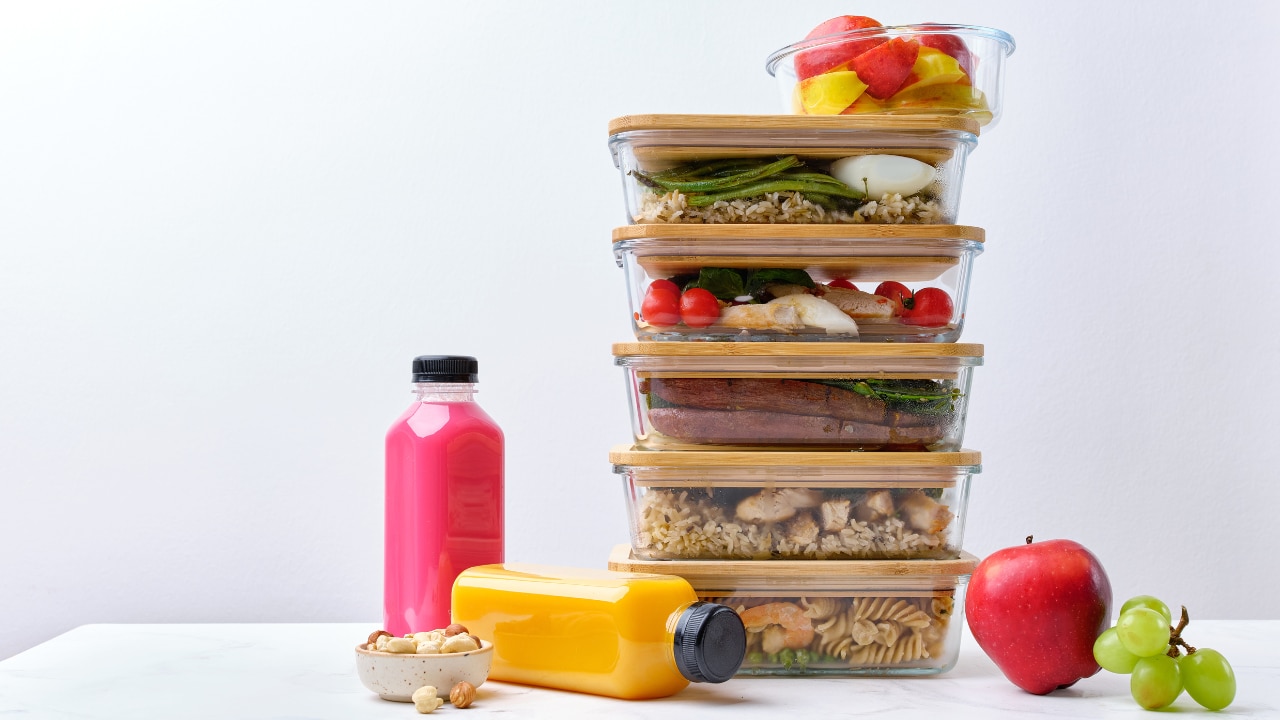
- Sleep: "Chronic stress raises cortisol, which can weaken hair. Target 7–8 hours of sleep and regular relaxation practices," adds Dr. Gagan Raina.
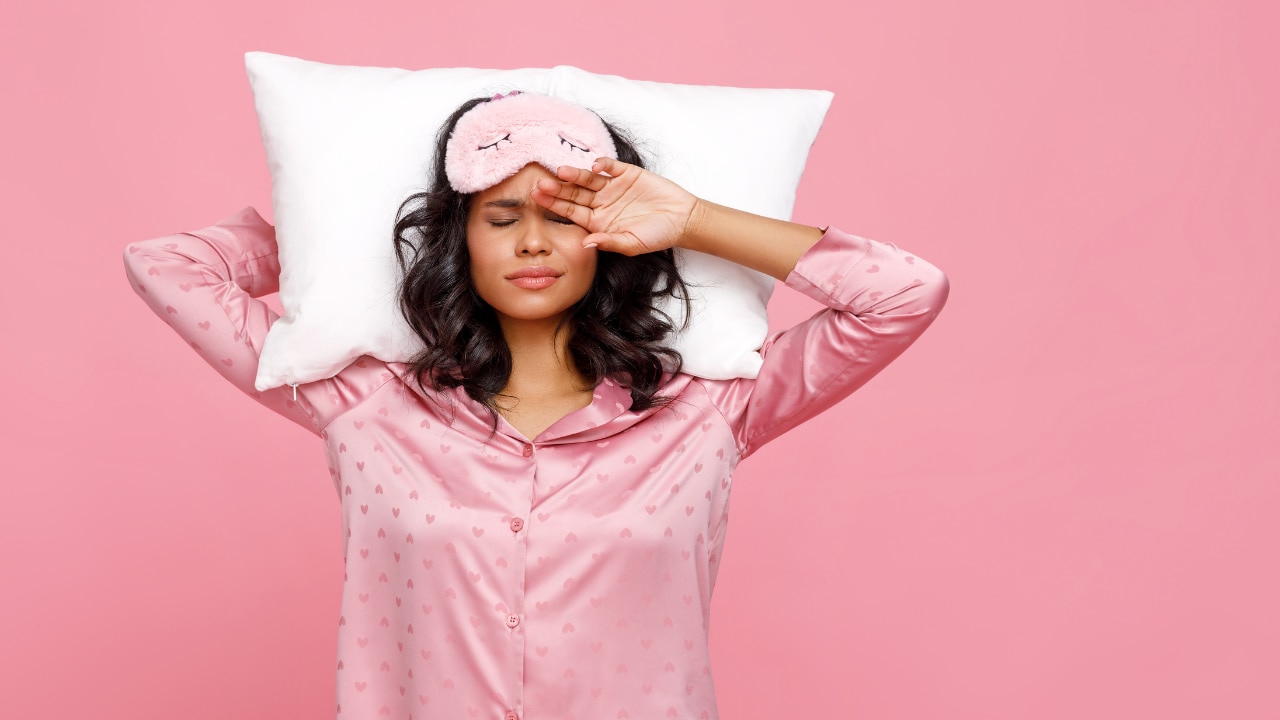
- Avoid cotton pillowcases: Instead of cotton pillowcases, use silk or satin pillowcases, which minimise frizzy hair and breakage by offering a smooth surface.
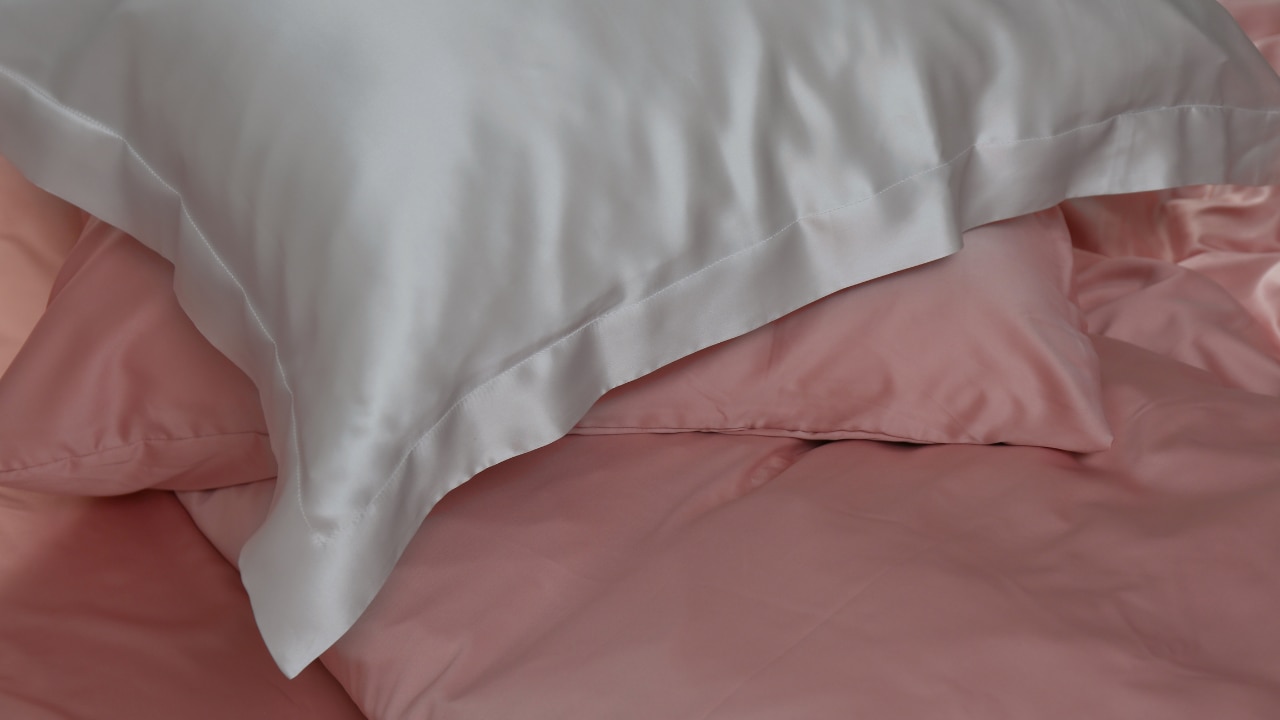
- Get regular trims: Getting regular hair cuts ensures that you get rid of damaged split ends before the damage moves up the hair shaft.
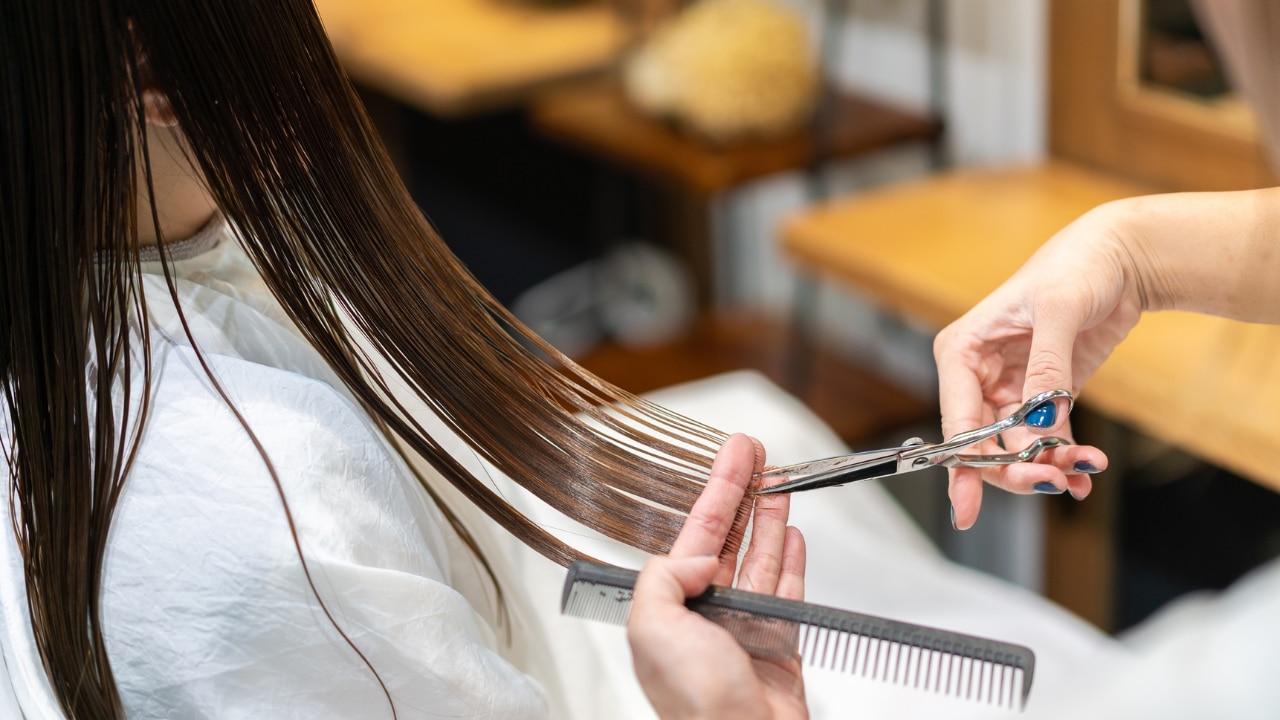
- Limit harsh chemical colouring: If you would like to protect the quality of your hair, it's best to minimise harsh chemical treatments such as chemical colouring.
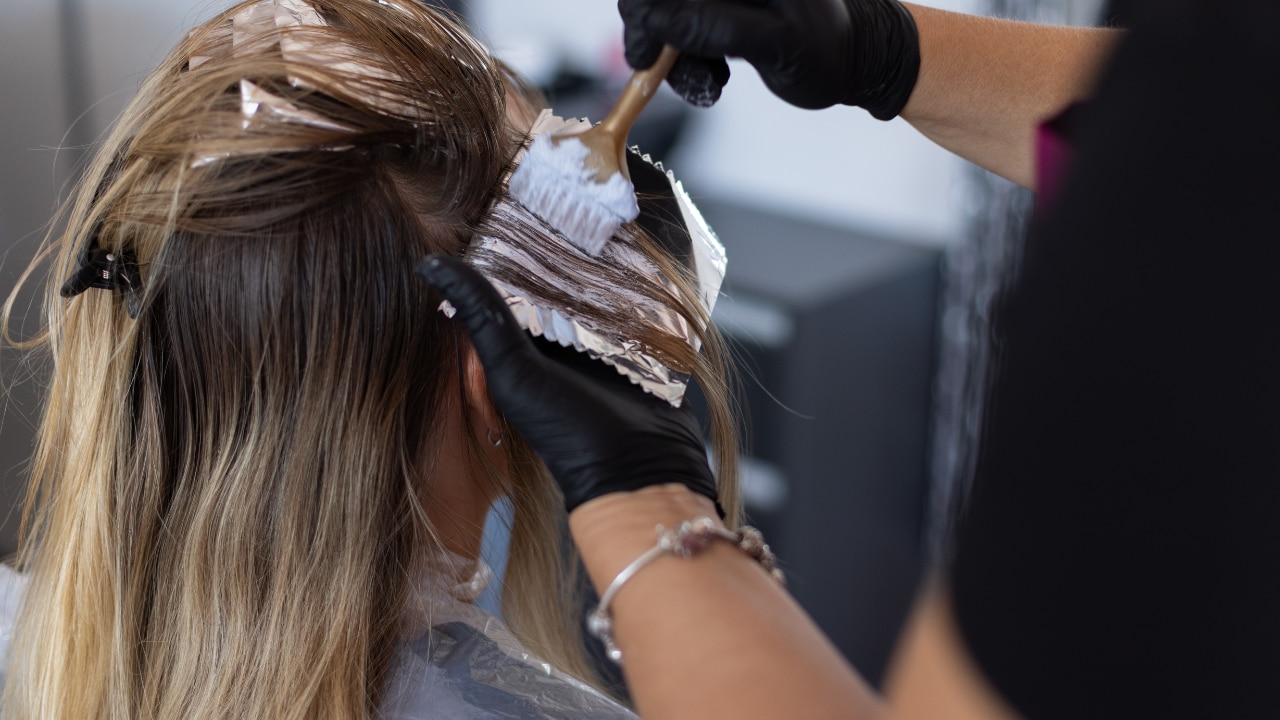
By learning about the causes of frizz and incorporating a consistent routine that focuses on hydration and protection, you can achieve smooth, beautiful hair. If you have any additional questions or concerns about frizziness, it's best to consult a hair expert. They will offer you personalised advice and treatments.
10FAQs on How to Get Rid of Frizzy Hair
Lastly, here are some expert-answered frequently asked questions on how to tame frizzy hair:
1. How do I know if my hair is frizzy or curly?
Curly hair has consistent curls, while frizzy hair features individual strands that fly in opposite directions, oftentimes with a rougher texture.
2. How can I protect my hair from frizz in humid weather?
Always utilise an anti-frizz serum or spray that functions as a barrier against humidity.
